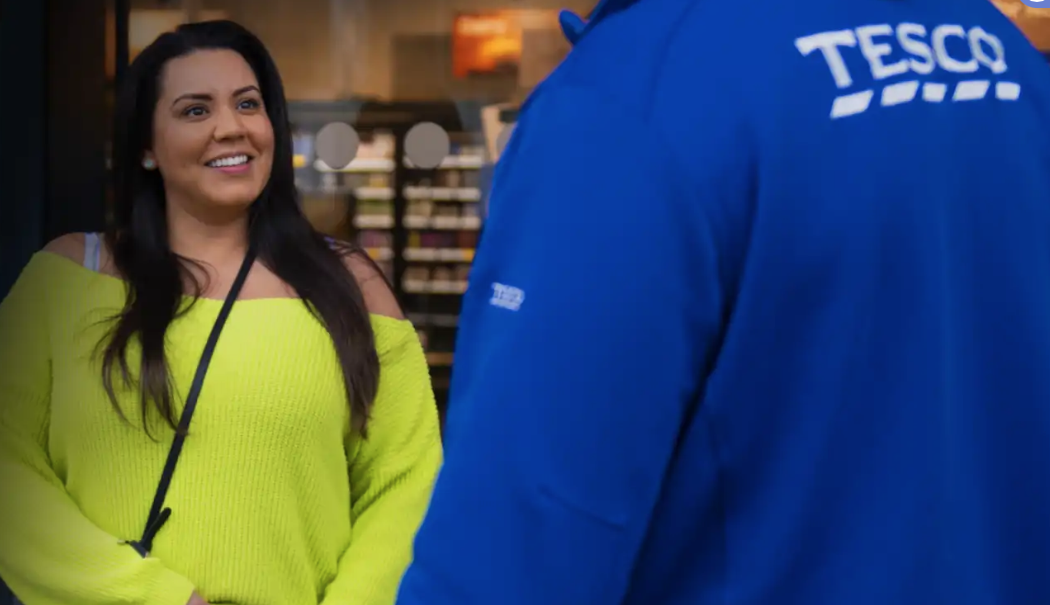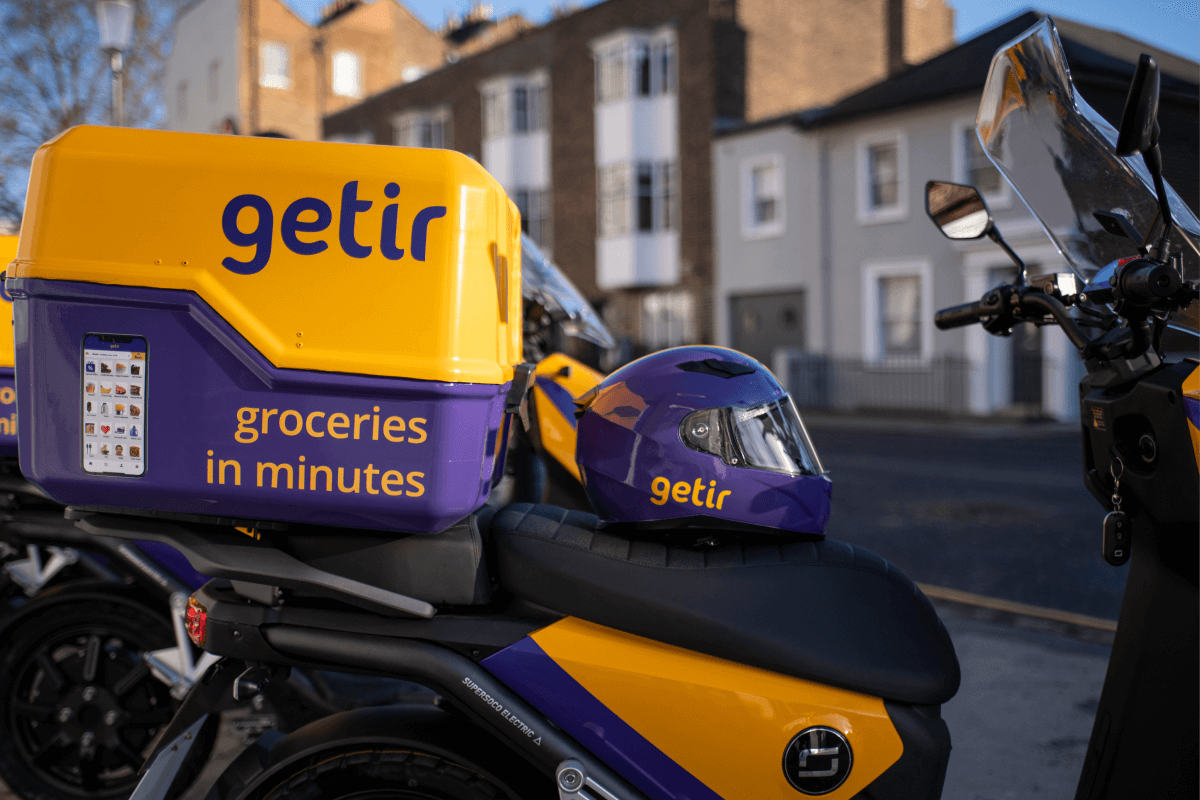Valuable lessons can be learnt as to how to handle peak from Black Friday. Here Judy Blackburn, director at Kurt Salmon, reveals some of the ways retailers have been preparing to smooth out potential delivery problems and what 2015 taught us. 
As we head towards Black Friday, retailers are faced once again with the challenge of delivering customers’ online orders efficiently and profitably.
The emphasis is still probably more on the former than the latter, as many retailers continue to believe that any sale, however costly, is better than no sale – despite the fact that this is an unsustainable practice.
While a few have decided not to participate in offering Black Friday promotions for this very reason, those retailers that will participate have been busy deciding on their delivery and returns policy. Clothing retailers have been more focused, as around half of all purchases on Black Friday 2015 were for fast fashion – and because more than three-quarters of those shopping will make their purchases online, a figure that is likely to increase yearly.
Keeping delivery promises are essential to building loyalty
The delivery offer is key to ensuring the sale; once their online basket is filled, the shopper’s final decision to purchase can be swayed by the retailer’s promises around speed of delivery, what delivery surcharges are to be added and the ease of returning.
Of the clothing retailers surveyed in Kurt Salmon’s Black Friday 2015 study, one-fifth of orders were not delivered on time and in full compared with the promised delivery date; half of shoppers received their order within four days but some took up to two weeks to arrive.
To smooth the delivery peak, more retailers are publishing Black Friday offers earlier and encouraging shoppers to sign up for exclusive emails or click on the current deals to beat the rush. Amazon is offering a £1 credit incentive to encourage Prime shoppers to wait three to five days in place of the standard next day delivery.
Understanding the cost to serve has risen exponentially up the CEO’s agenda
Having a clear understanding of the actual ‘cost to serve’ of an individual delivery is becoming an imperative, given the challenges of offering new services which are aimed at increasing market share, but which could conflict with the need to drive profitability. Some 90% of last year’s Black Friday orders were delivered for free with one-third offered as ‘next working day’.
Being able to deliver all ordered items in one package is ultimately one of the best ways of minimising costs and 85% of clothing retailers were able to achieve this according to a sample of last year’s Black Friday’s orders assessed by Kurt Salmon.
However, the challenges of minimising the number of split shipments for multi-category orders continues since many retailers have separate distribution centres for clothing and general merchandise. In Kurt Salmon’s study last year, one retailer delivered four items of clothing, one gift and one toy in six separate packages all on the same day.
Reducing the returns conundrum continues to test operational effectiveness
With two-thirds of clothing retailers offering free returns, no wonder that up to 30% of clothing items are sent back. Consumers are being encouraged to use the online channel as a fitting room where they can choose multiple sizes and colours, or worse still, order more goods than they really want to meet the free delivery value. Persuading consumers to click & collect and try on in
Persuading consumers to click & collect and try on in store is one way of minimising the impact. With new in-store technologies being introduced, such as interactive fitting rooms, there is a growing opportunity to upsell in-store and offset the cost of online fulfilment. Savvy retailers have virtual stylists to encourage shoppers to select their perfect styles; ensuring consistent sizing across the brand would be another solution to reducing the number of the returns.
The majority of retailers provide a free returns label with each delivery, which makes life very easy for consumers, but very difficult for the business since it has no visibility of what will be returned.
This means retailers are unable, for instance, to prioritise handling returned items to fulfil orders on goods where there is little or no stock available for other customers. Clothing retailers typically refund customers within seven working days but there’s a considerable difference between the best (one day) to the worst (four weeks), which reflects the capabilities of the returns operations and advanced capacity planning to handle the peak of returns that occurs before 1 December.
As Black Friday challenges will continue, with consumers expecting an even greater experience, retailers will need to focus on developing a sustainable and profitable business and ‘dive deep’ to drive productivity improvements across the online and in-store channels.
Judy Blackburn is director at Kurt Salmon.
Image credits: Kurt Salmon and Fotolia






